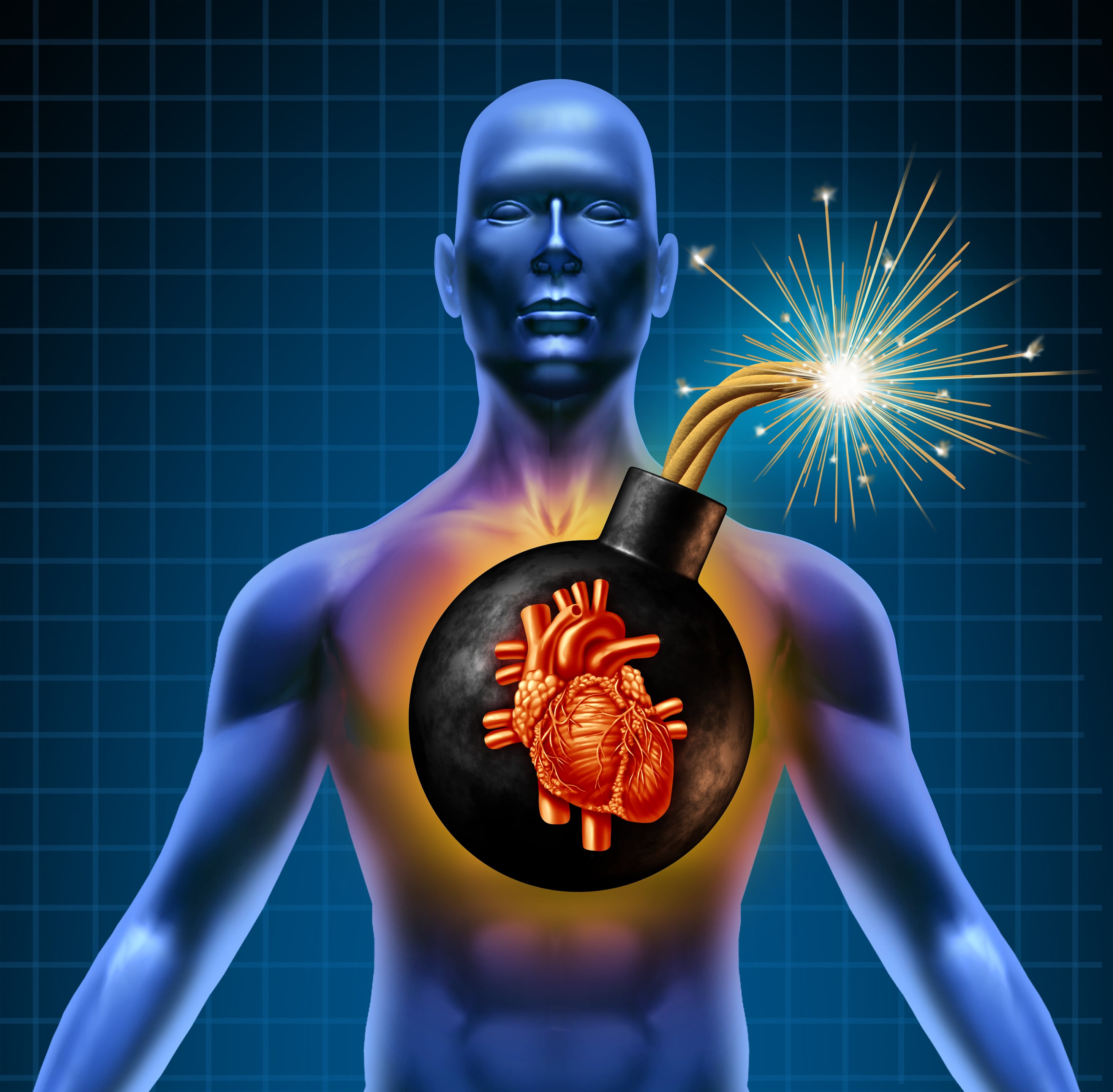A friend (a practicing neurosurgeon) sent me an email the other day about cardiovascular health that really caught my attention. The subject line read;
“Association Between Push-up Exercise Capacity and Future Cardiovascular Events Among Active Adult Men.” (1)
I quickly went to check the validity of such a statement. I mean, could it be? A simple, no-cost, exercise that can be used as a tool to predict future cardiovascular events?
The study looked at whether a clinician could determine an association between a person’s fitness level and cardiovascular disease (CVD) risk. All while using an office-based assessment tool.
Physical inactivity, lifestyle and increased CVD risk have all been well documented. (2–5) The importance of researching this topic is obvious. Heart disease remains one of the leading causes of mortality in the world. In fact, The World Health Organization has posted that;
- CVD is the number 1 cause of death globally – more people die annually from CVDs than from any other cause. An estimated 17.9 million people died from CVD in 2016, representing 31% of all global deaths. Of these deaths, 85% are due to heart attack and stroke.
- Most cardiovascular diseases can be prevented – by addressing behavioral risk factors. These include;
- Tobacco use
- Unhealthy diet
- Obesity
- Physical inactivity
- Harmful use of alcohol using population-wide strategies. (6)

A Retrospective Longitudinal Cohort Study
This study followed over 1100 occupationally active men. Firefighters, 18 years of age and older, for over 10 years, stratified into 5 groups based on two factors;
- Fitness level
- The number of push-ups they could complete.
Baseline and follow-up physical examinations were completed within a 7-year window. It included exercise tolerance in addition to push-up ability. The outcomes were adjusted for age and body mass index among other variables (BMI).
The Findings
When the statistical analysis was completed in 2018 researchers found;
A significant negative association between baseline push-up capacity and increased CVD risk. This was across 10 years of follow-up.
So how many push-ups were associated with decreased CVD risk? Participants able to complete more than 40 push-ups had a significant reduction with risk of CVD. This was compared with those completing fewer than 10 push-ups.

The findings of this study suggest that;
Performing 40 or more push-ups significantly decreases the incidence of heart disease events among active, adult men.
As a clinician, it is worthwhile to assess the functional capacity of our patients. Talk to your doctor before starting any new exercise program. Especially if you are taking medication. Alternatively, it would be interesting to see studies observing females as well as different age-groups to see if the results could be replicated.
Click here to read, “Stroke And Heart Attack Linked To Drinking This!”
Now drop and give me 40!
References:
Dr. Nenos has been a Hamiltonian since 1990. He completed his undergraduate education at the University of Western Ontario and earned a Bachelor of Health Science degree with Honors. It was in his first year of university that he learned of a profession called Chiropractic. At the time, Dr. Nenos was considering pursuing medicine. Shortly after speaking with many prominent chiropractors and eventually becoming a patient himself, he realized that there was more to this profession than just neck or back pain.
After deciding to pursue Chiropractic he attended the only English speaking school in Canada, the Canadian Memorial Chiropractic College (CMCC) in Toronto Ontario. He was actively involved at the college which ultimately earned him the Raymond Moss Award. While attending CMCC he was also honoured to receive a grant from the Canadian Institute of Health Research to conduct research in the field of anatomy. He graduated with a Doctor of Chiropractic Degree in 2008 and shortly after began practicing as an examination doctor in one of the busiest Chiropractic Clinics in the Golden Horseshoe Area. Shortly after Dr. Nenos followed his heart and decided to open Tree of Life Chiropractic in his hometown of Hamilton.
Dr. Nenos is actively engaged in the community. He served as Canadian Director of the Assyrian Medical Society for a period of time, a humanitarian organization dedicated to serving children, families, and their communities stricken by the war and famine in the Middle East. The organization’s leadership is based on accountability, transparency and honesty which is a reflection of his practice. He is also a runner and triathlete and competes mainly in half marathon distances (21.1 Km). Today, Tree of Life Chiropractic is blessed to serve patients from Hamilton and surrounding areas. He is also the health expert on the local TV show Hamilton Life and can be seen on Cable 14 producing content for his own health show. He is passionate about topics of health relating to the spine and nervous system, nutrition, mind, and exercise.
“My passion is helping people transform their lives by adopting a healthy lifestyle.”
~ Dr. Nenos Damerchie




